8 Amazing Prehistoric Animals
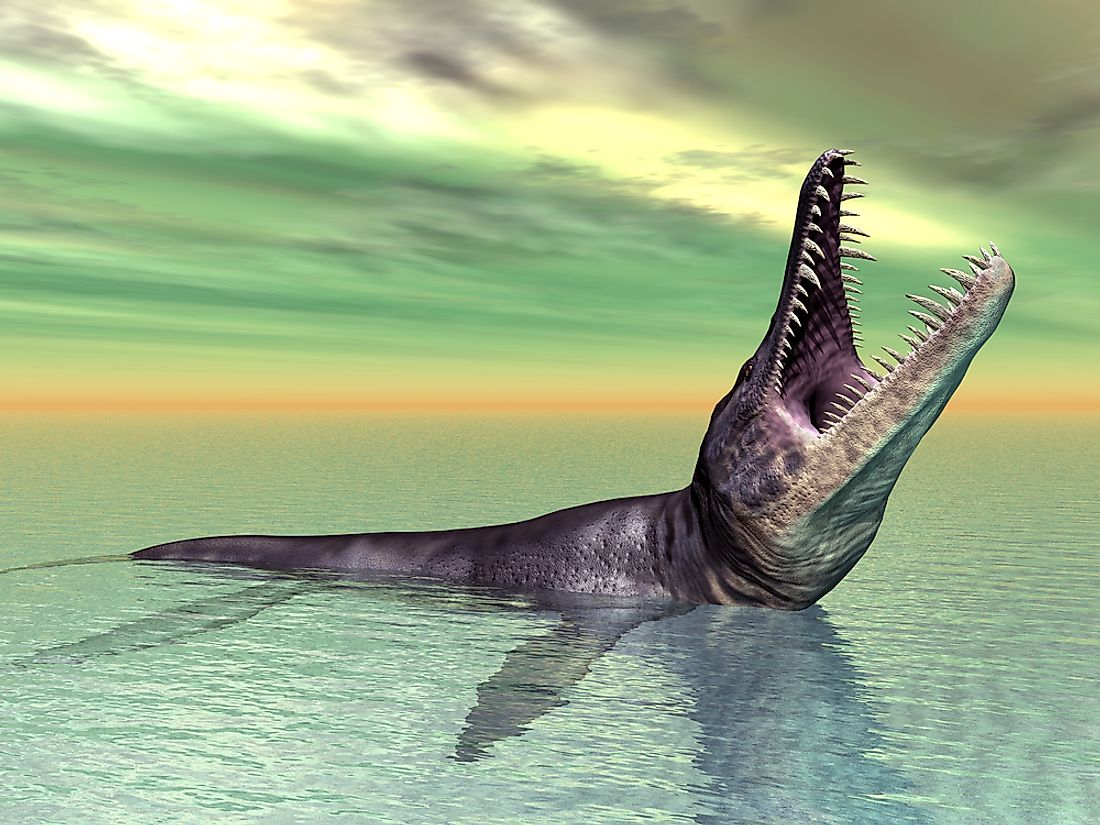
Although bizarre, gruesome, and massive are all words that could be used to describe many of these animals from millions of years ago, the fact that they are incredibly fascinating cannot be denied. From viscous land predators to rulers of the sea, we have been able to use clues they left behind in the form of fossils and bones to discover amazing information about these creatures, many of whom appear so unearthly that it is hard to imagine they once lived on this planet we call our own.
8. Deinotherium
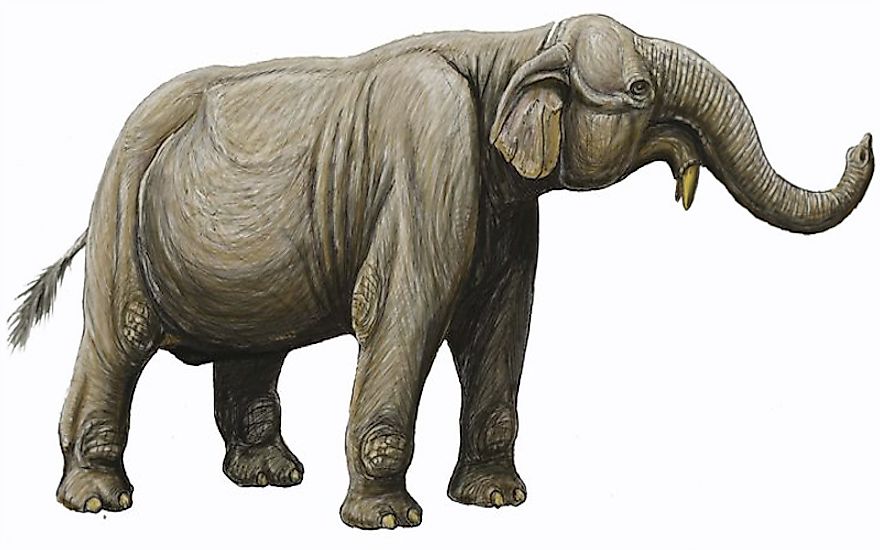
Deinotherium, also sometimes called the "terrible beast", was a prehistoric animal that resembled the modern day elephant. It existed between 23 million to 5 million years ago in the Middle Miocene Period and survived up to the beginning of the Pleistocene. Deinotherium belonged to the family Deinotheriidae which formed a group to which modern-day elephants also belong. The animal had a pair of chin tusks which were curved downwards and attached to the lower chin. These tusks might have been used to dig up the soil and to access plant roots. It had no upper tusk. Their trunks were shorter than the modern-day elephant. Deinotherium fossils have been discovered in different sites across Africa. In 1836, an entire skull that was said to have belonged to the prehistoric animal was found in Germany. The skull alone was four feet tall, indicating that the Deinotherium was massive in size, with estimates placing it as big as 11 to 13 feet tall and weighing about 12 tons. These makes them one of the largest animals to ever have walked the planet.
7. Dunkleosteus
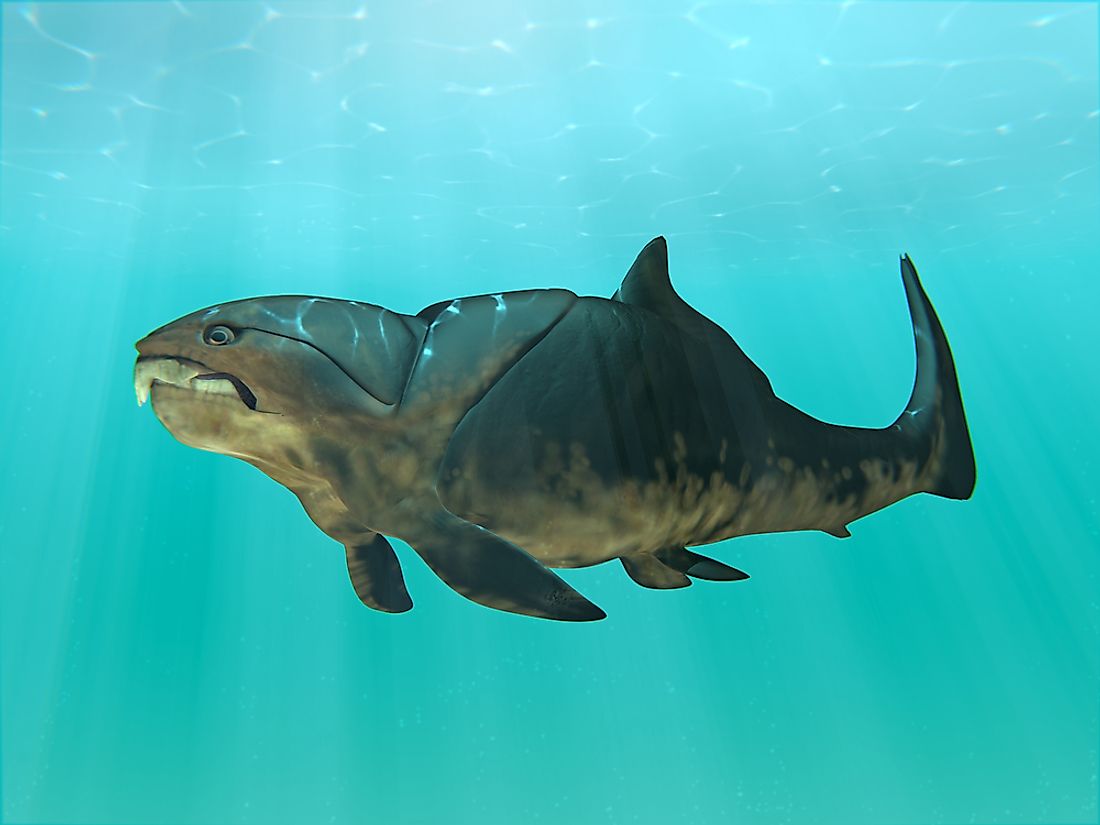
Dunkleosteus was a type of fish that existed about 358 to 382 millions of years ago. Ten different species of Dunkleosteus have been identified and described. It was among the largest of the placoderms, a group of armored fish. The fish could grow to over 30 feet long and had an armored face. It is thought to have had one of the strongest bites and used its beak-like mouth instead of teeth to tear its prey. Due to its heavy armored exterior, it was relatively slow but a good swimmer. A fossil evidence of the Dunkleosteus showed that it fed on other fish and regurgitated prey bones instead of digesting them. The specimen of Dunkleosteus are displayed at Cleveland Museum of Natural History.
6. Liopleurodon
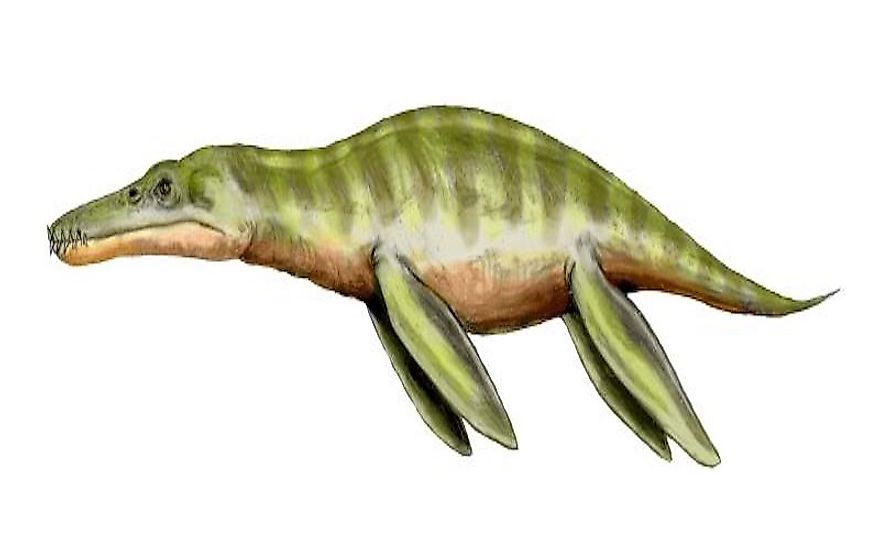
Liopleurodon was large carnivorous marine reptile who lived 160 to 155 million years ago during the Middle Jurassic Period. There are two recognized species of Liopleurodon. The name is derived from a Greek word meaning smooth-sided tooth and was coined in 1873 as a basis for remains of 2.75-inch teeth. The fossils have been found in England and France with a younger species in Russia. Liopleurodon was a powerful swimmer as suggested by the paddle-like limbs. Its four-flipper mode provides an excellent acceleration which is a desirable characteristic for ambushing predators. The animal was a 21-feet long predator. Their skull was about one-fifth of the total body. The study of the skull suggests that Liopleurodon could scan the water with its nostril, especially if it sensed a smile around it.
5. Opabinia
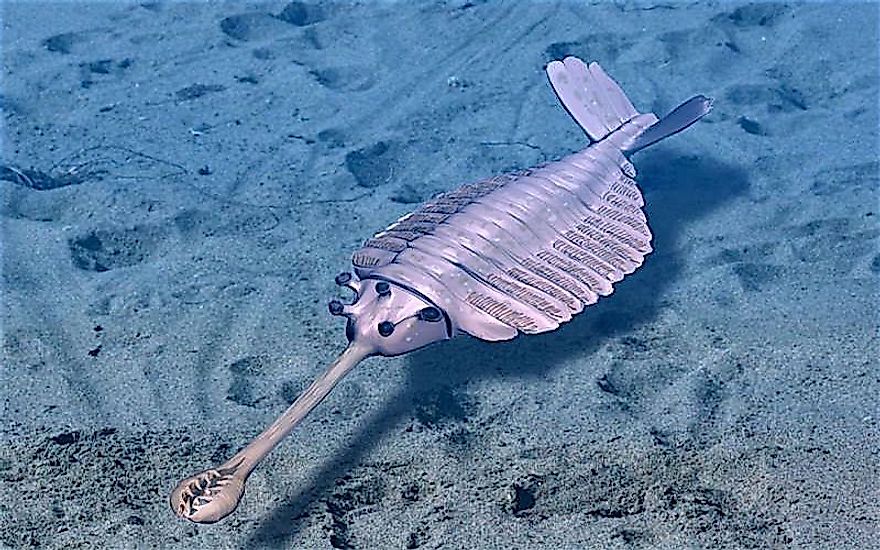
The signs of Opabinia were found in British Columbia, Canada. It is said to have been soft-bodied and modest in size. The segmented body had lobes along the sides while the tail was fan-shaped. The head of Opabinia shows some strange features including five eyes, a mouth under the head, and the head itself facing backward. It also had a proboscis (long nose) which might have been used to pass food into the mouth. Opabinia might have lived on the seafloor using its proboscis to hunt for small soft food. It was about 1.6 inches tall from head to tail with the hollow proboscis measuring about one-third of the body. Opabinia had no legs and might have used its lobes to crawl or swam slowly by flapping its lobes. The overlapping lobes pointed downwards and outwards.
4. Titanoboa
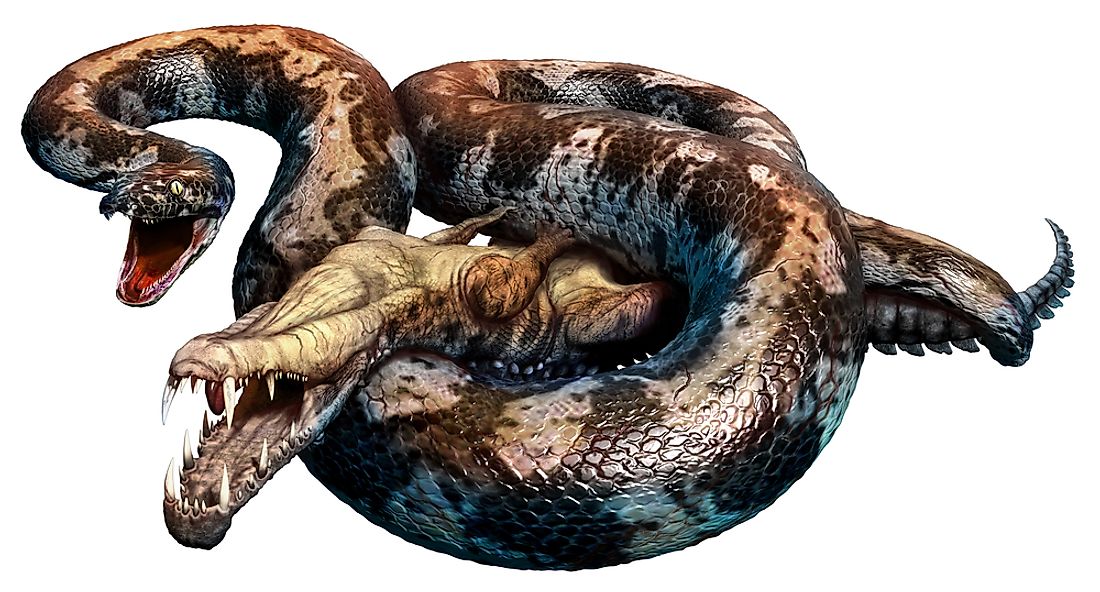
Titanoboa is an extinct type of snake which existed about 60 million years ago immediately after the Cretaceous-Paleogene extinction event. It is the largest snake to ever have been discovered, and at its largest it is said to have measured about 42 feet and weighed about 2,500 pounds! The size of the species has been used to estimate the earth’s climate at the time of its existence. Its discovery suggests that the snake may have existed when the climate was warmer than it was earlier estimated. The warm climate allowed for the cold-bodied snake to attain a (much) larger size than the modern snake.
3. Quetzalcoatlus
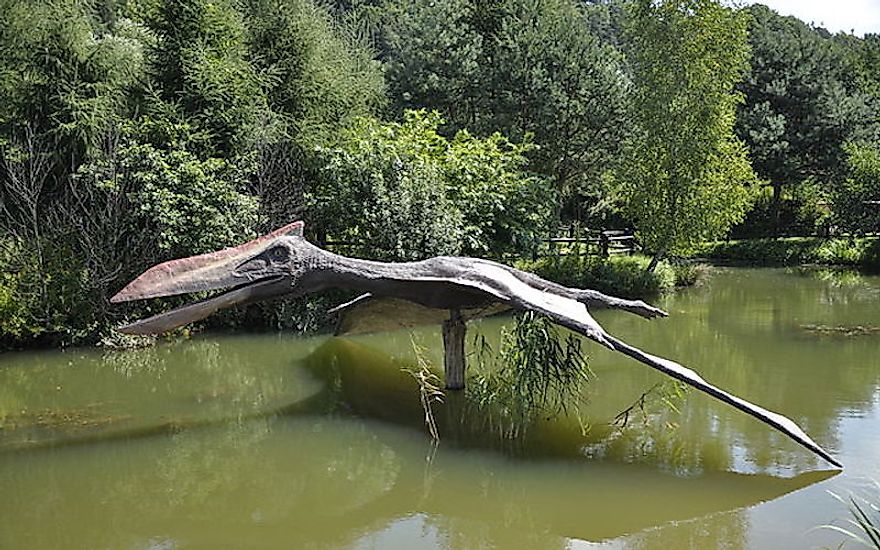
Quetzalcoatlus existed across North America. It is one of the largest known flying animals and a member of the Azhdarchidae. The fossils from Quetzalcoatlus had a wingspan of 36 feet and have been discovered in Texas, United States indicating that its population was concentrated around Texas during the Lancian stage. The species is thought to have had a widespread presence in North America. Quetzalcoatlus might have been a scavenger, particularly a terrestrial predator of small animals. However, some studies have suggested that its long neck and toothless jaw might have facilitated its feeding like a modern-day skimmer.
2. Anthropleura
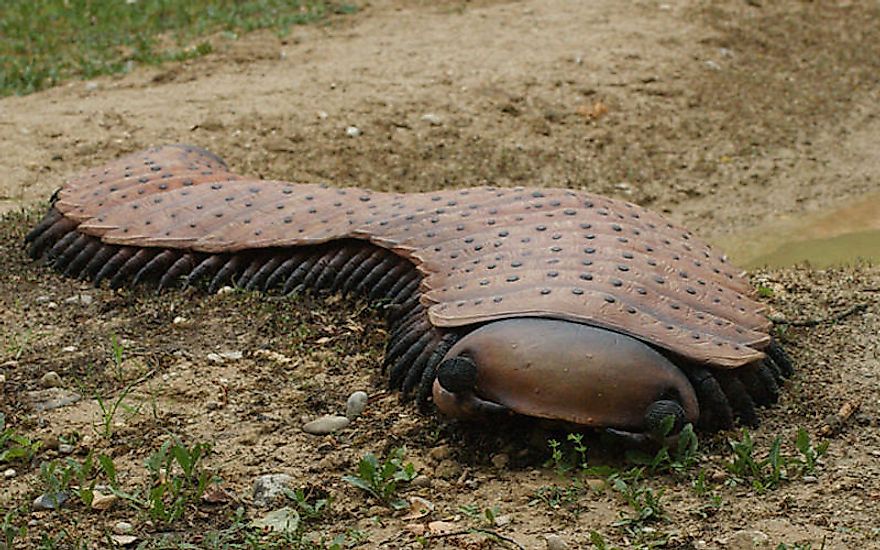
Arthropleura is an ancestor of centipedes and millipedes. It reaches a length of more than 8 feet and several feet wide. Arthropleura was so wide that it had few predators despite being an invertebrate. It is also the largest known invertebrate species on earth. They lived from the late Carboniferous Period to early Permian Period around 300 million years ago. Arthropleura was common in areas around present-day North America and Scotland. Despite its large form, it was mainly herbivorous. It moved quickly on the flooravoiding obstacles such as trees, stones, and rocks on its track by swerving its body. The flattened body had approximately 30 jointed segments with each covered by two side plates and one center plate.
1. Daeodon
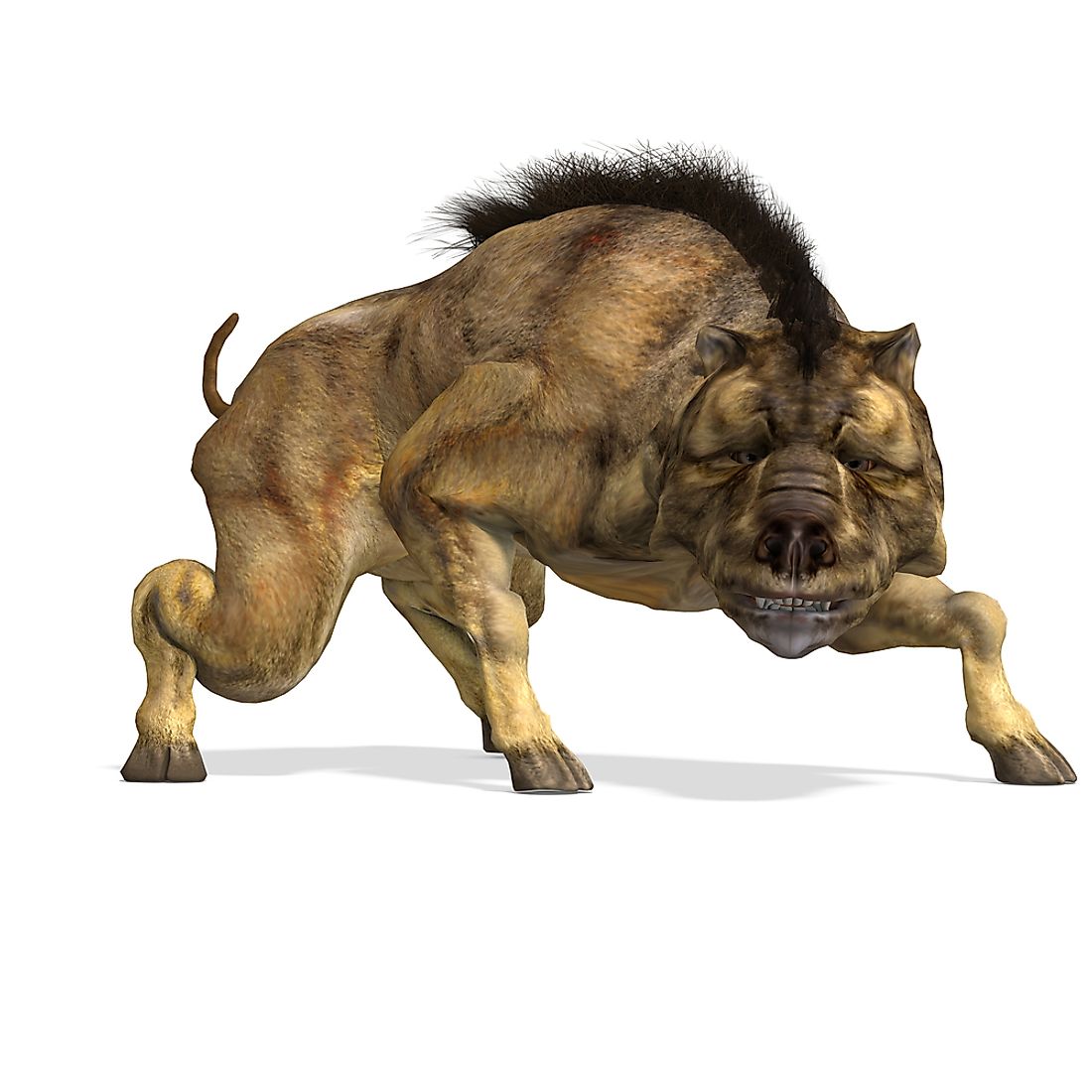
Daeodon is a genus of entelodont artiodactyls. It inhabited North America about 29 million years ago towards the end of Oligocene and early Miocene epochs. It had a broad distribution in the United States although it was limited in the size of its population. An adult Daeodon had a skull length of about 3 feet. It had relatively long and slender limbs with bones of the forelimbs fused together. Each foot had only two toes. The neck was highly constructed with its weight supported by the muscles. Daeodon had a complete tusk and giant crushing jaws.











